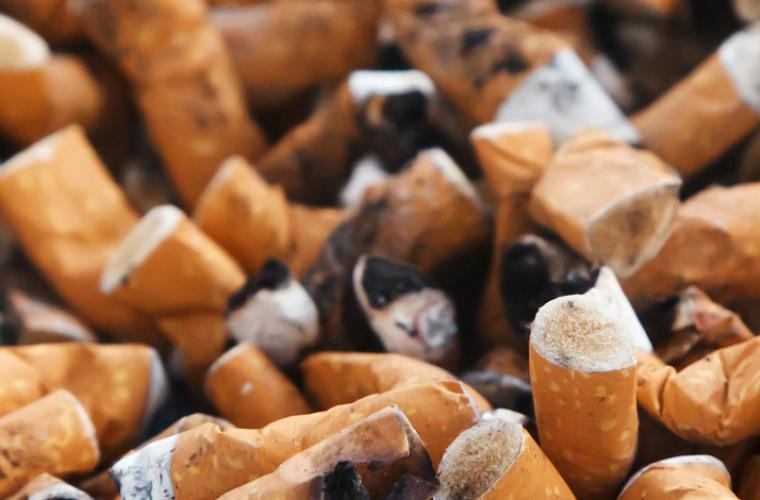Councils, which are responsible for public health, run a range of innovative programmes to help people quit smoking and have taken great strides in helping people to stub out tobacco for good. Despite this, smoking is still the leading cause of preventable death, responsible for nearly 79,000 deaths a year.

Responding to NHS Digital statistics on NHS Stop Smoking Services in England from April 2016 to March 2017, which shows the number of people accessing the services fell by 15 per cent in the last year, Cllr Izzi Seccombe, Chairman of the Local Government Association’s Community Wellbeing, said:
“Councils, which are responsible for public health, run a range of innovative programmes to help people quit smoking and have taken great strides in helping people to stub out tobacco for good.
“Despite this, smoking is still the leading cause of preventable death, responsible for nearly 79,000 deaths a year. On top of that there are 1.7 million hospital admissions each year that can be attributed to conditions caused by smoking.
“With one in five still smoking, clearly there is a lot more to be done.
“Since the advent of e-cigarettes, we have seen the number of users of smoking cessation services fall, while the population of smokers left is now more challenging to get to quit.
“This means councils are re-evaluating what they do on tobacco control and how to be more effective, for example, reaching out to smokers with the greatest need such as routine and manual workers, pregnant smokers and those with mental illness.
“Councils remain committed to helping smokers quit, however this is made all the more difficult by the Government’s reductions to the public health budget, which councils use to fund stop smoking services. We have long argued that this is a short term approach which will only compound acute pressures for NHS services further down the line.”
Notes to editors
The previous Government reduced councils' public health grant by £331 million from 2016/17 to 2020/21. This followed a £200 million in-year reduction in 2015/16.
